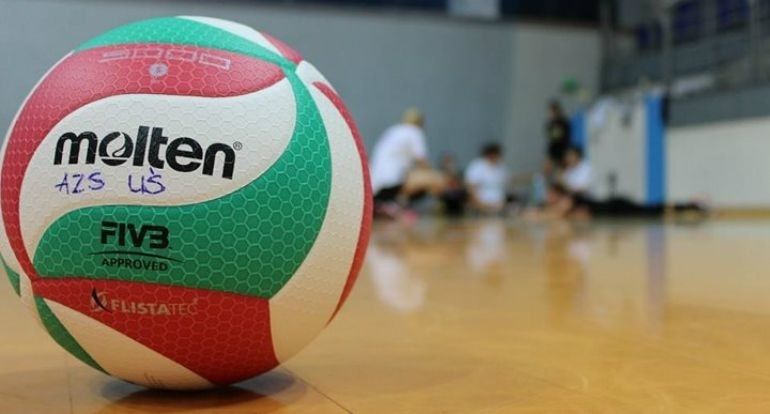Share:
Take it offline!
This Education in Motion resource is also available as a printable PDF.
Download PDF
Sitting volleyball was first introduced as a demonstration in the 1976 Toronto Paralympics Games having originated in The Netherlands in 1956. Four years later, The Netherlands introduced it as a competitive sport and it has since gained popularity in over 60 countries worldwide including Australia.
As a version of the original 'standing’ volleyball, sitting volleyball is an energetic sport for people with or without physical disabilities. It is classified into two degrees of disabilities, disabled and minimum disability. The court is much smaller than the standing volleyball court measuring 6m x 10m with lowered nets – 1.15m for men and 1.05m for women.

There are only two rules in this quick game according to the FIVB rules;
- Players are not allowed to lift off the ground while playing
- Players can serve and block the ball
Features of Sitting Volleyball
Sitting volleyball includes two 6-players teams featuring fixed motion, more communication and ferocious explosiveness in the court. The two teams are separated by the low-height net (1.05 m por women and 1.15 m for men) and try to land the ball on the opponent’s court to score points. In order to score, each team has 3 ball touches before sending the ball to the contrary court.
Players involve in a highly spirited game aiming to score 25 points and need a lead of at least 2 points to win the set. A team needs to win three sets to win the game.
At the Paralympic Games, there are both men and women volleyball games with a total of 8 teams competing. The World ParaVolley is responsible for the governing of sitting volleyball around the world. They have a set of official sitting volleyball rules and have a selection of instructional diagrams that were introduced in October 2013.
Classification of physical impairment prior to participation
According to World ParaVolley, all athletes are allowed to play sitting volleyball regardless of their physical impairment. Athletes compete against others on an equal court at the national levels. At the official levels, world championships, and Paralympic Games, every athlete must have a physical impairment which is further classified.
In order to participate at the Paralympic Games, athletes have to undertake an assessment to classify them into groups. For sitting volleyball, these groups are categorized into sport classes which are Minimally Disabled (MD) and Disabled (D). An athlete is classified as MD is someone who has an impairment in their legs that prevents them from playing standing volleyball. An athlete who would be classified as D would have a greater impairment that has an impact on their field of play.
The sitting volleyball governing body allows a minimum of two players with minimal disabilities, for example missing fingers, to play on each team. In most cases, before joining a club and competing at a local or international level, there is a classification information form to guide on the individual classification to determine an individual’s eligibility to play.

Do you like adapted sports? Would you like to find our more about them? Subscribe to our newsletter to keep yourself updated about adapted sports, among other topics related to reduced mobility.

Don't forget to take a look at our range of manual wheelchairs and sports wheelchairs by Quickie to find the one that could fit you and your needs better.